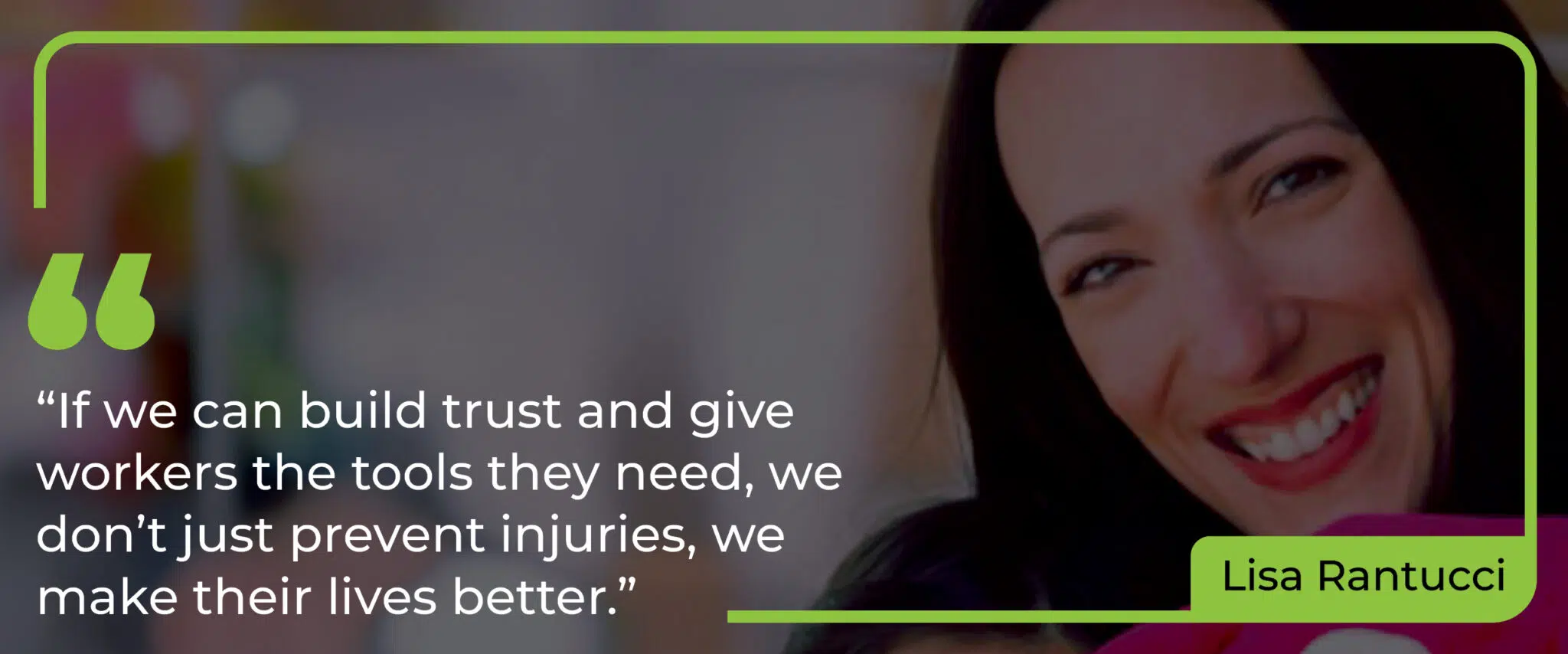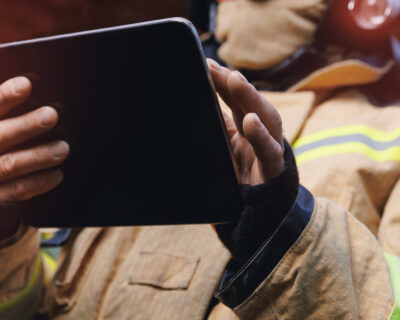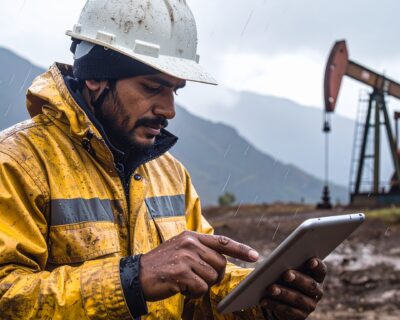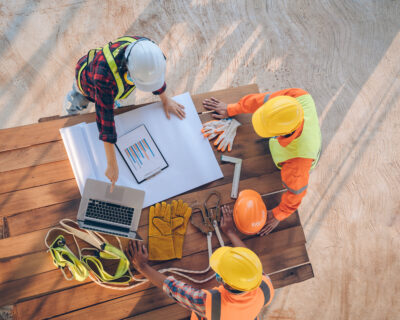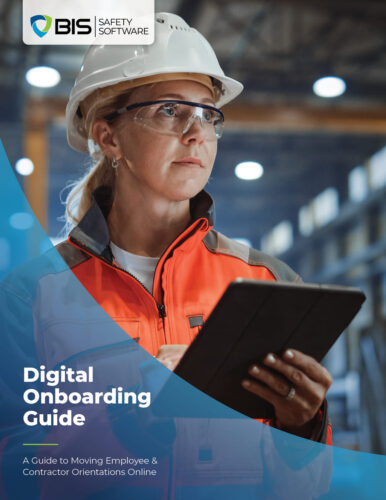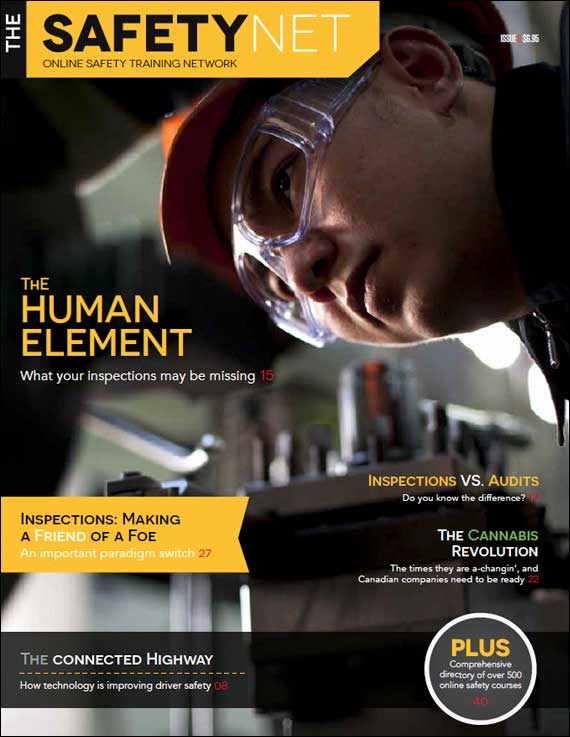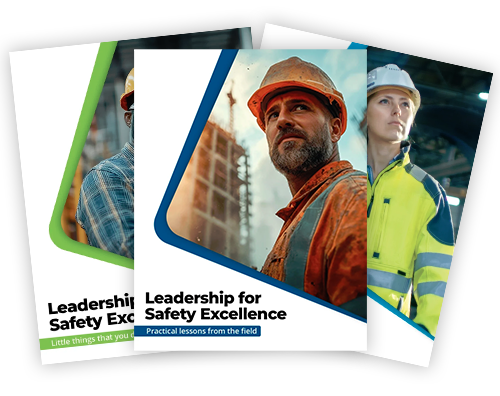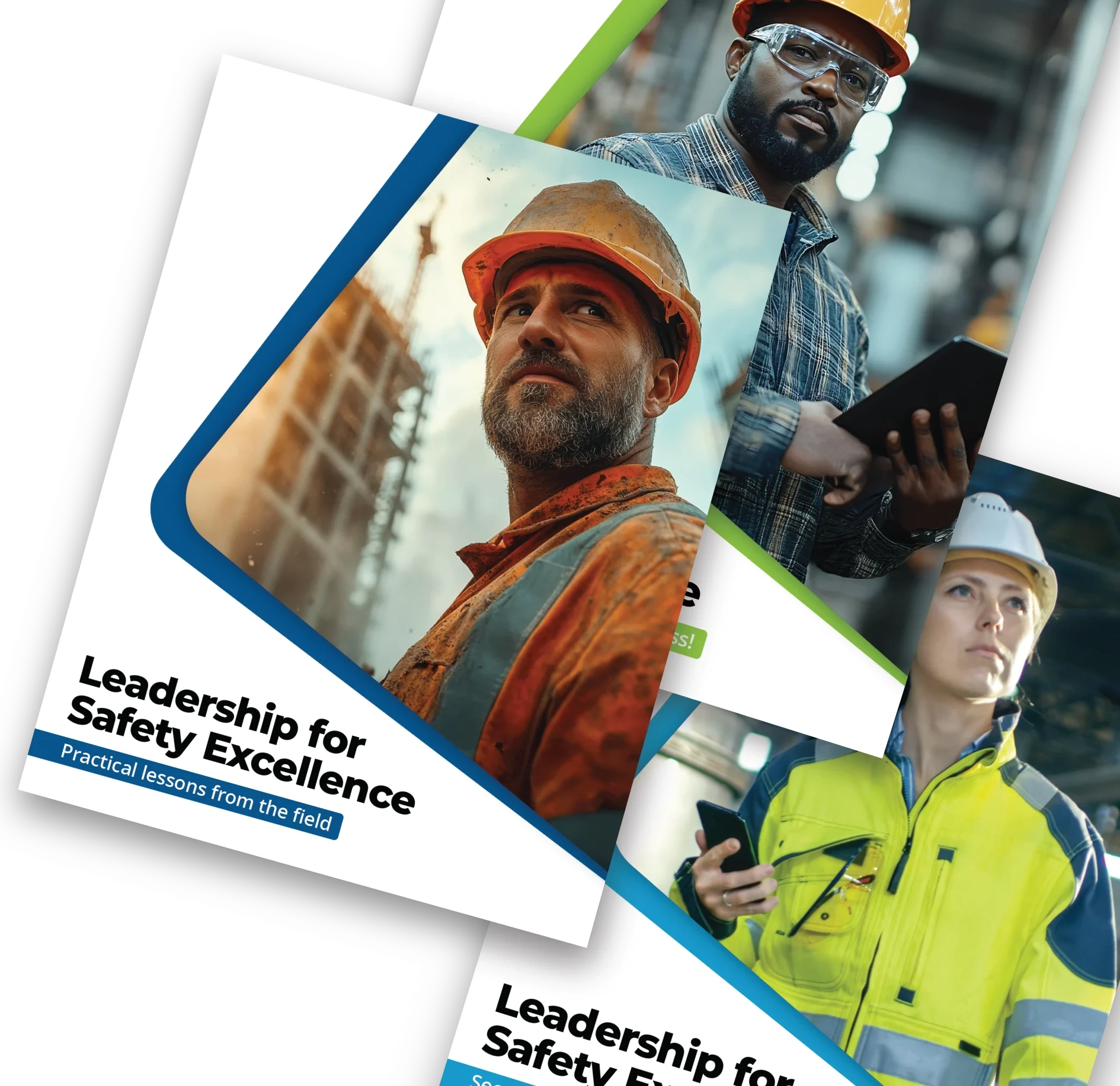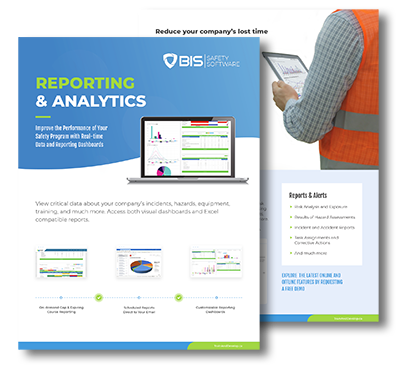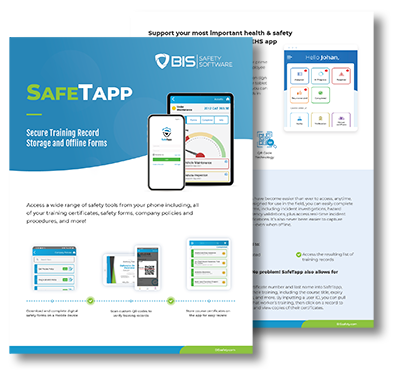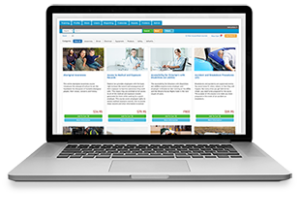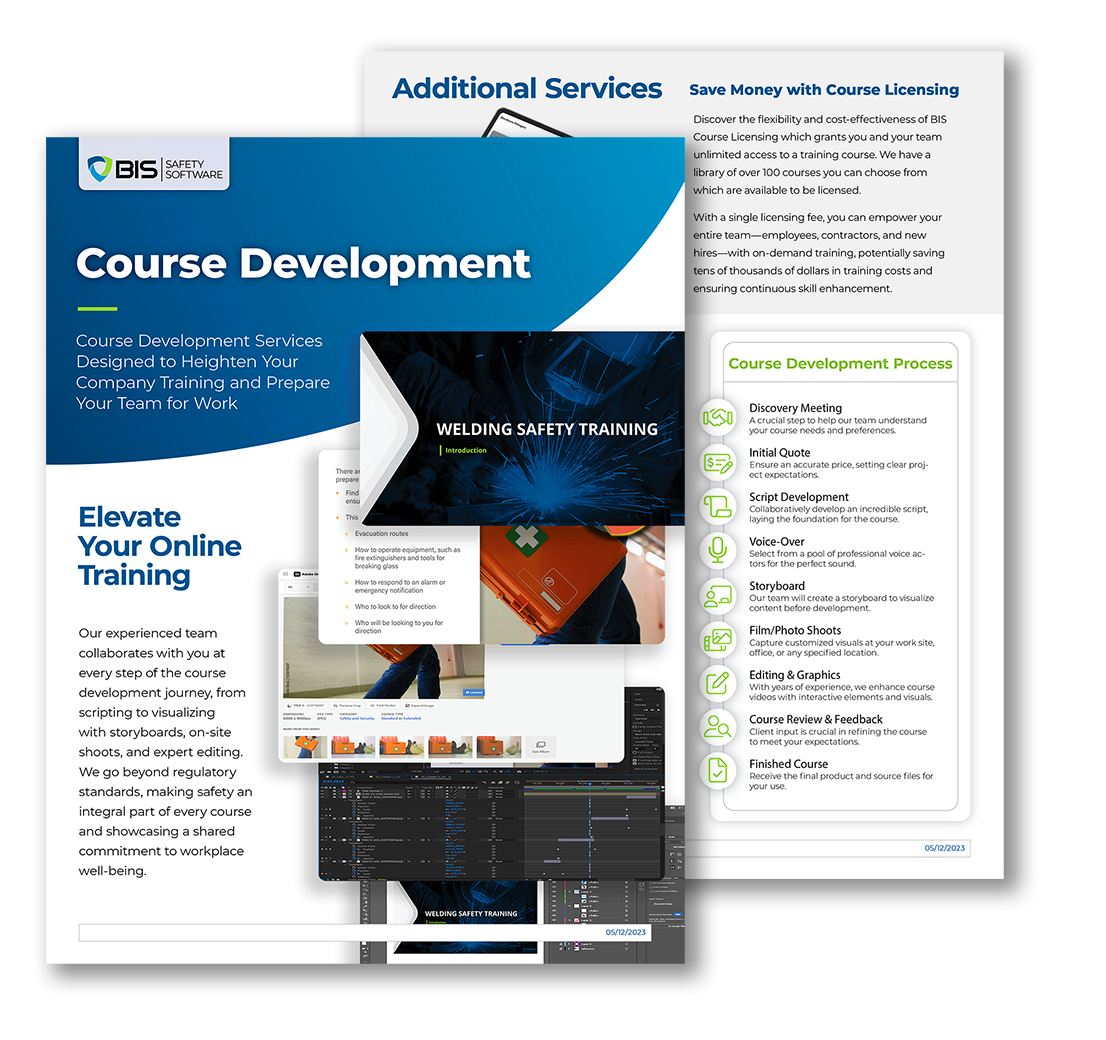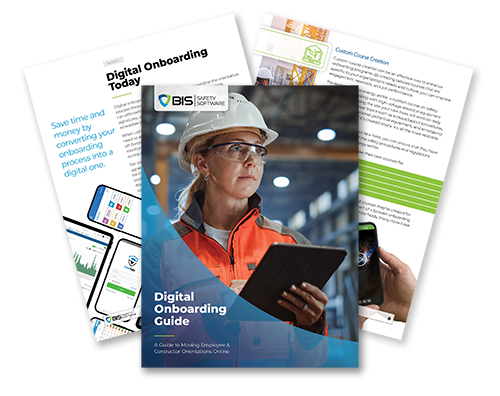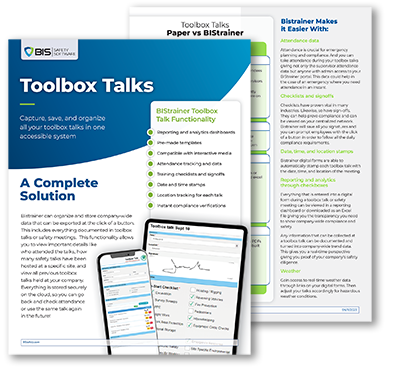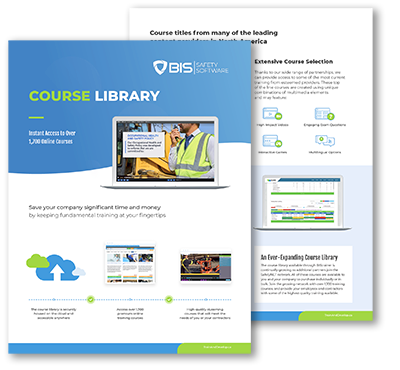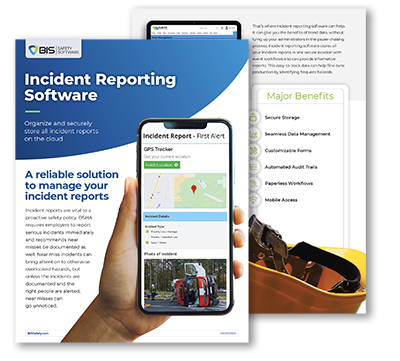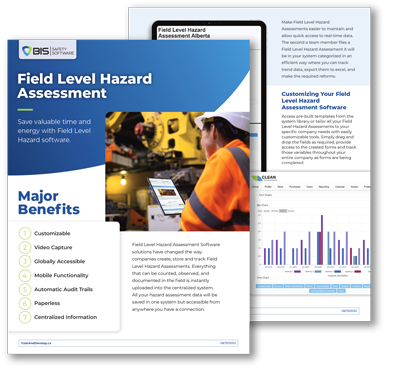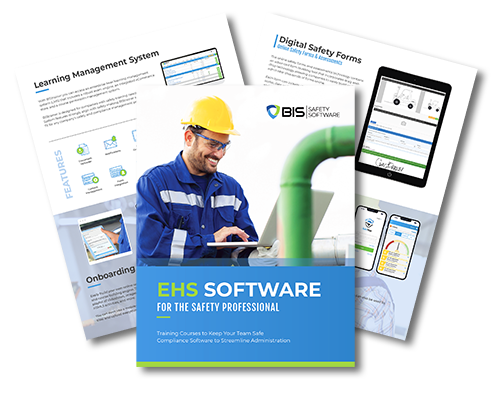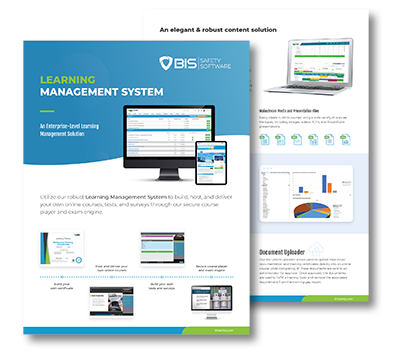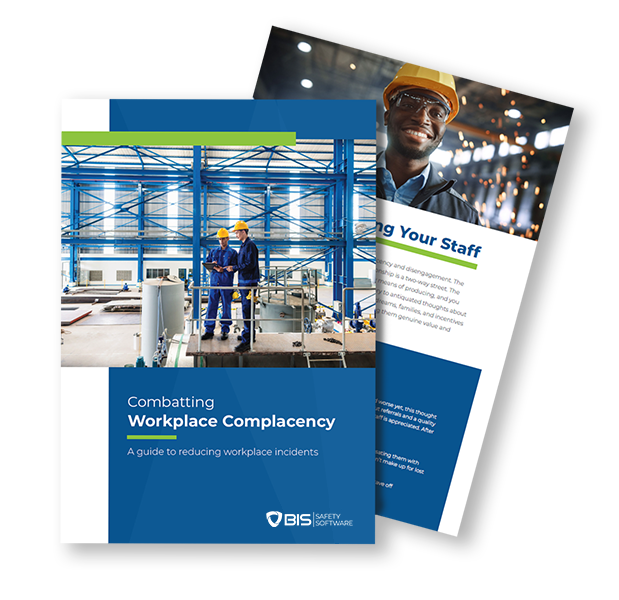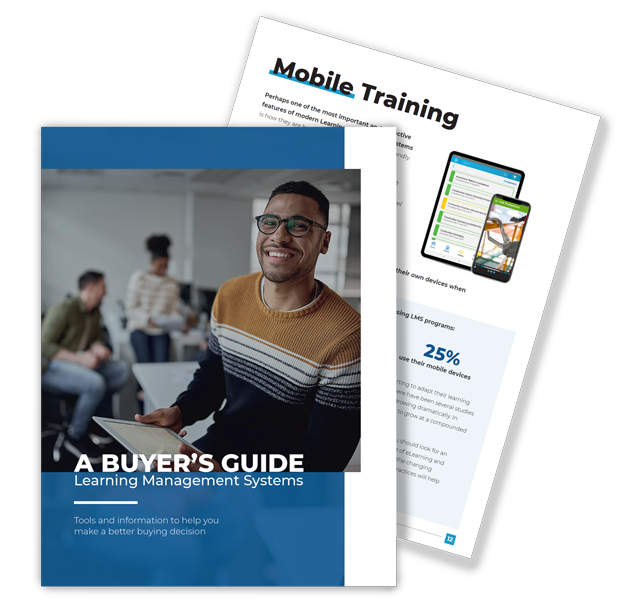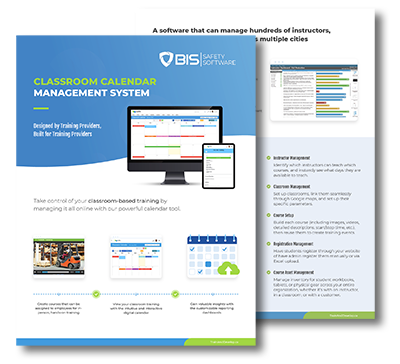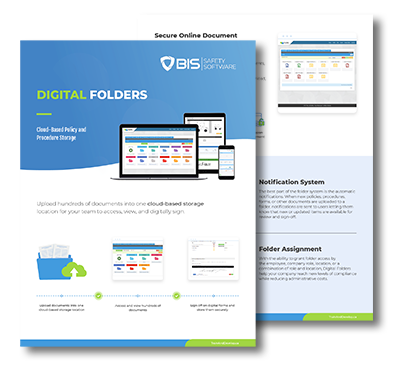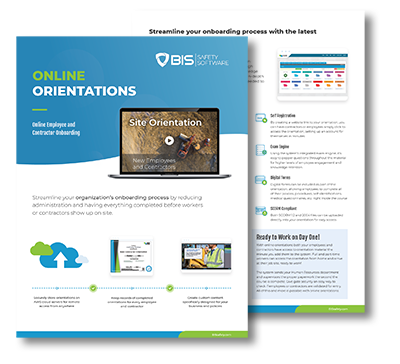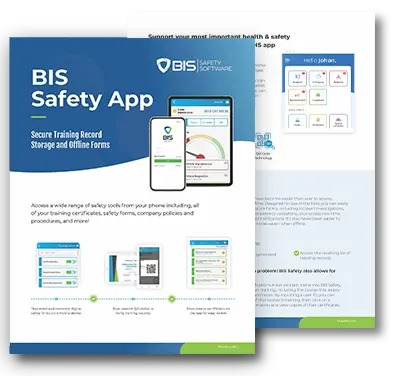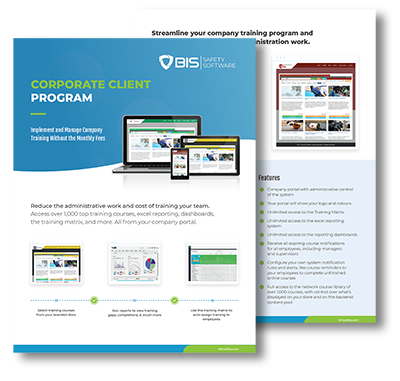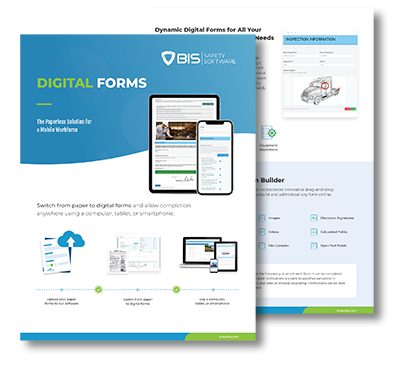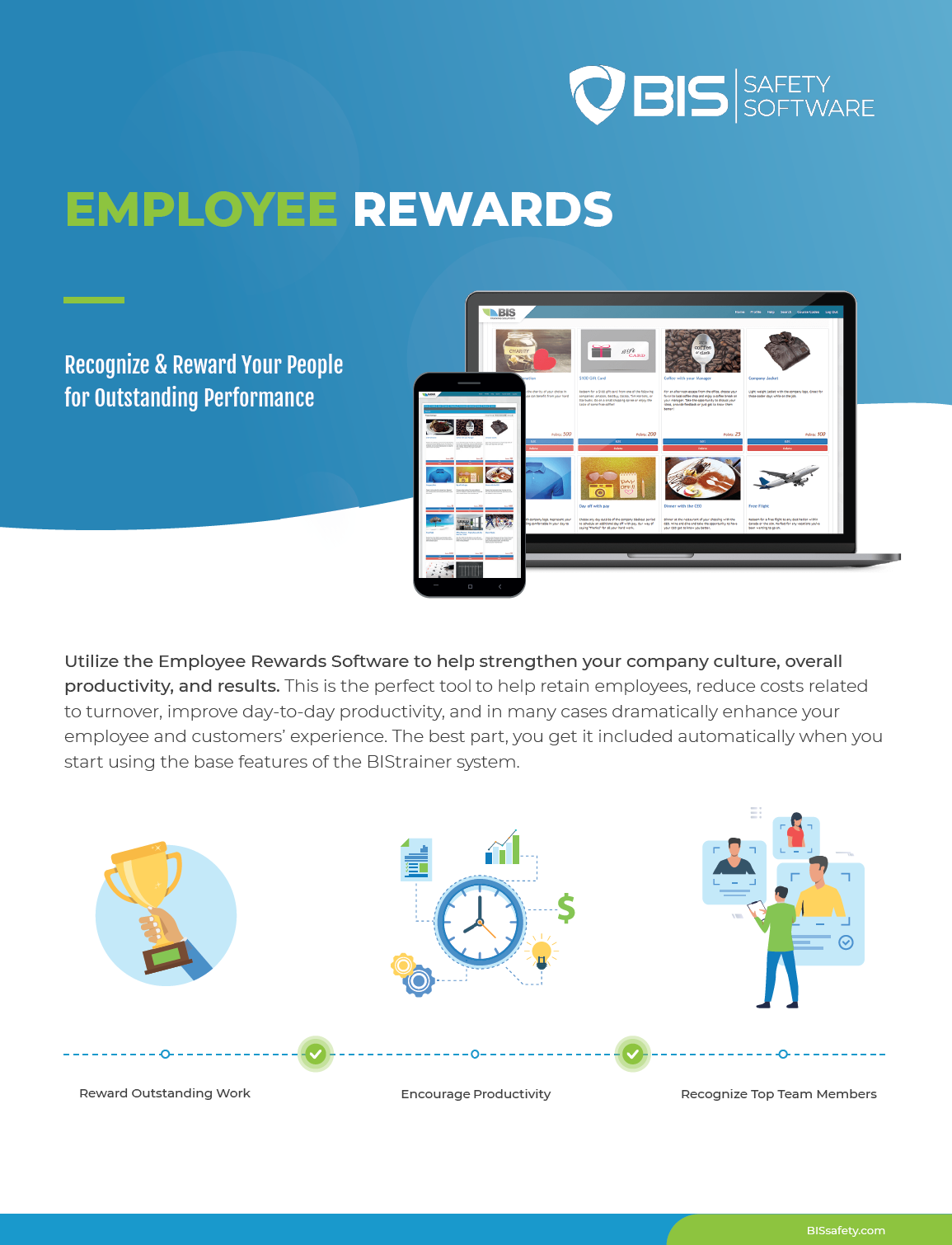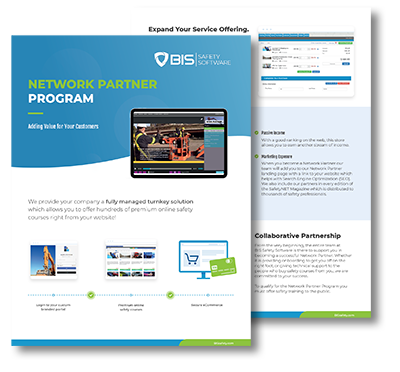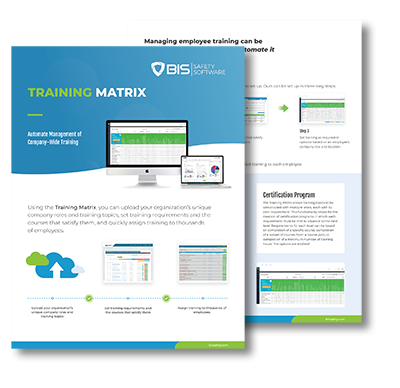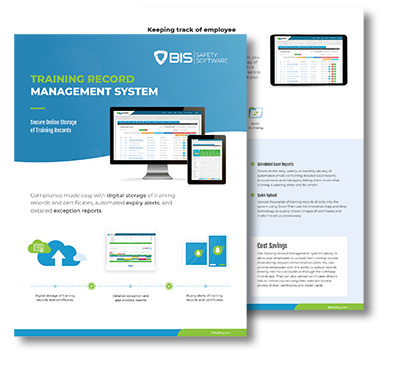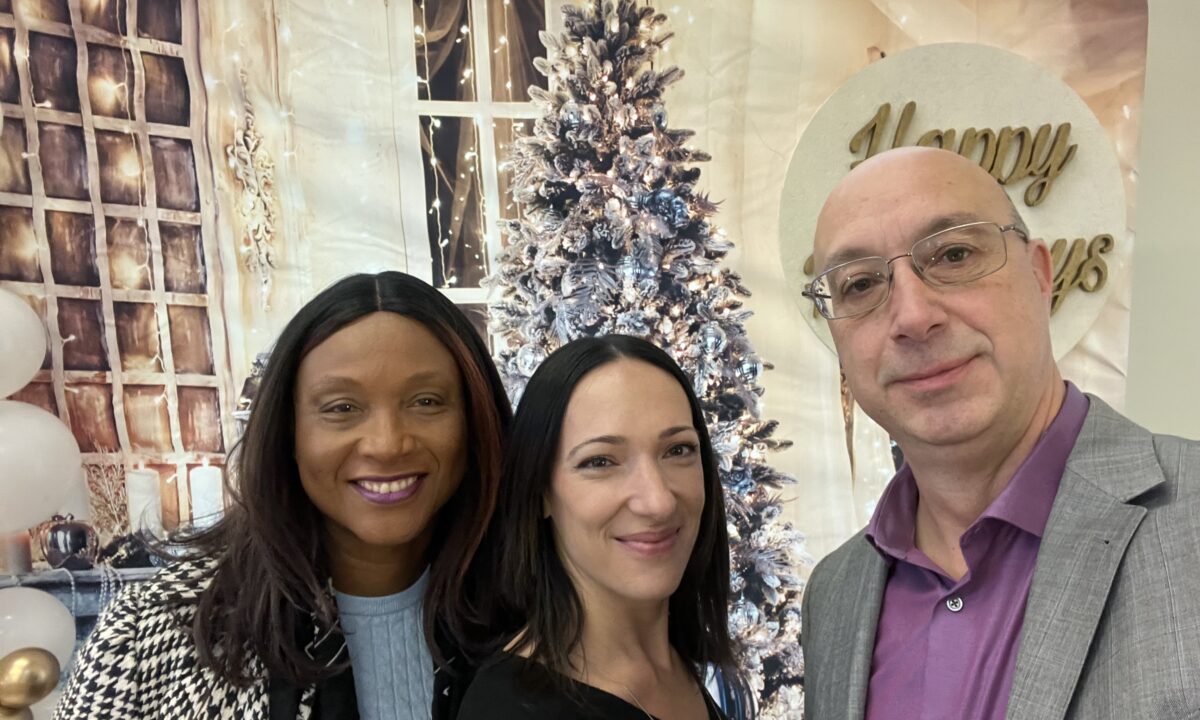
Built on Trust: Lisa Rantucci’s Approach to Human-Centered Safety
Built on Trust Lisa Rantucci’s Approach to Human-Centered Safety
Building Safety Through People, Not Paperwork
Some careers start with a plan. Lisa Rantucci’s began with a question.
Fresh out of school and working as an administrative assistant at a large oil and gas facility, she noticed the safety manager and advisor always on the move, solving problems, making decisions, and supporting workers in meaningful ways.
Curious, she asked if she could join their team.
Her manager warned her with a smile: “Just remember, you asked for this.”
That single moment launched a career in health and safety that’s now spanned more than a decade. Along the way, Lisa earned an Occupational Health and Safety Certificate from the University of Alberta, added credentials in Psychological Health and Safety and Authentic Leadership, and found her calling: making safety approachable and human.
Today, she serves as a Health and Safety Business Partner with the City of Beaumont, one of Alberta’s fastest-growing municipalities. And her mission is clear, safety that’s about people first, paperwork second.
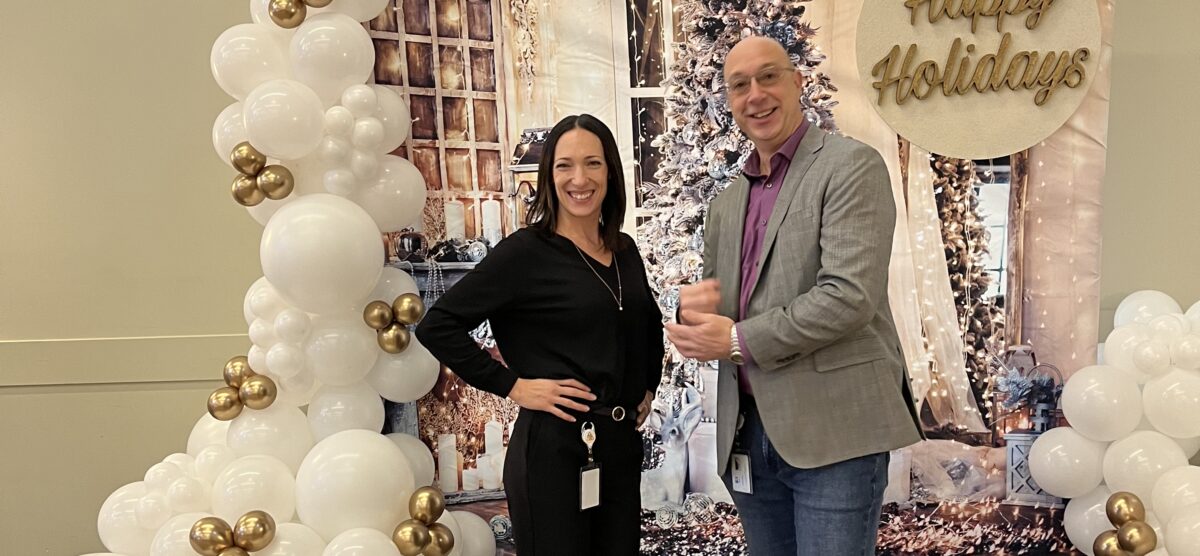
Beyond Rules and Regulations
For Lisa, compliance is the baseline, not the goal.
“You can create a culture of trust and even have fun with safety,” she explains. “I don’t want to be the safety cop. I want to be the person people come to for solutions or just to talk.”
That approach isn’t always easy in workplaces where safety is still seen as policing and paperwork. But Lisa believes authenticity and emotional intelligence are shifting the culture.
“Compliance matters,” she says. “But you don’t need mountains of forms to get there. When safety makes sense to people, they’re more engaged and more productive.”
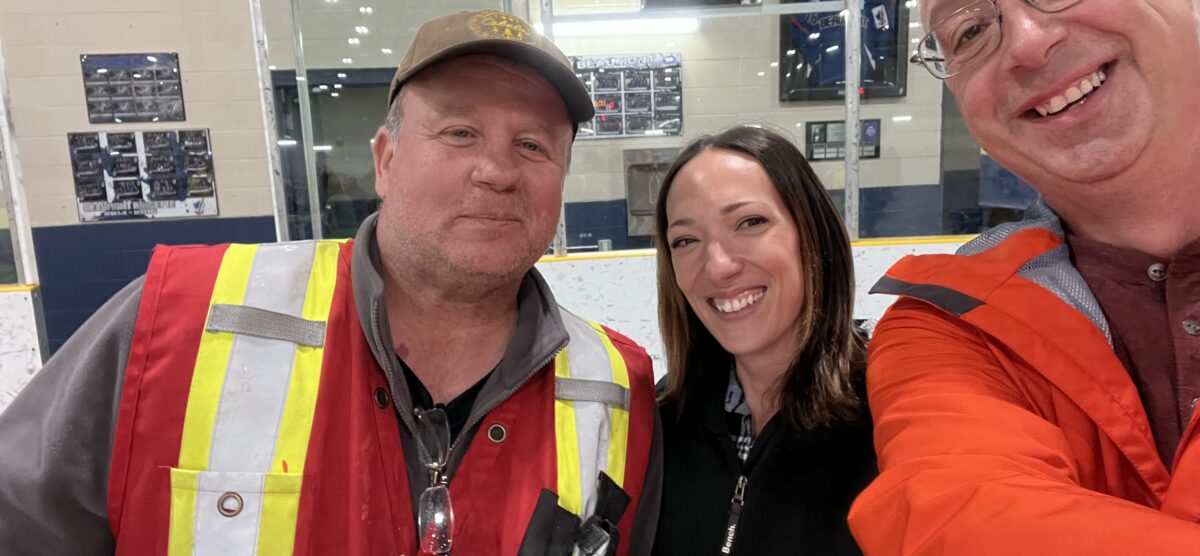
The Mental Health Priority
Ask Lisa what the toughest workplace challenge is today, and her answer is immediate: mental health.
Over the past year and a half, her team has seen more stress-related disability claims and more employees asking for mental health support.
To respond, her department partnered with Tacit Knowledge, offering de-escalation training across the organization from recreation staff to office teams.
“It made a real difference,” Lisa says. “People could ask about actual situations they deal with every day. That training gave them tools and confidence.”
This year, Beaumont is going even further by introducing a psychological health and safety framework, beginning with a citywide survey to identify needs before expanding resources.
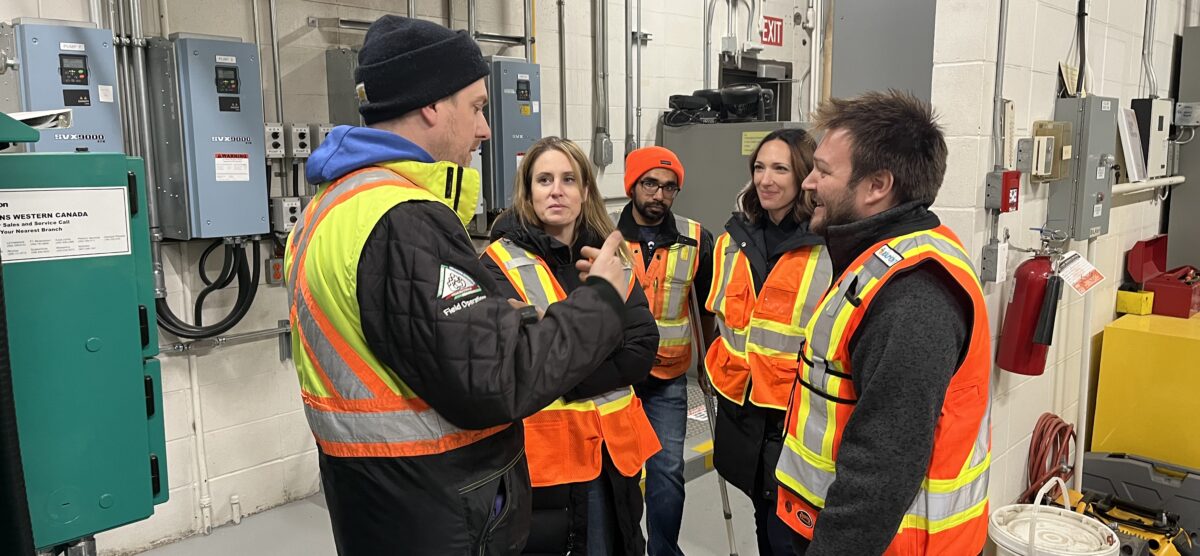
Turning Pages Into Platforms
When Lisa first joined Beaumont more than four years ago, much of the city’s safety system was still paper-heavy. She led a digital transformation using BIS Safety Software, creating competency programs, integrating training videos, and streamlining onboarding for seasonal staff.
The results spoke for themselves: property damage in the parks department dropped by 35%.
What started as a major overhaul is now a smooth, recurring process proof that technology, when applied well, makes safety more efficient and effective.
Leadership Lessons
Not every role has been positive. Lisa recalls leaving one organization after just three months because senior leaders weren’t willing to prioritize safety.
“That experience showed me how critical leadership is,” she explains. “If leaders aren’t committed, the culture will never succeed.”
It’s why she now champions authentic leadership, leaders who listen, empathize, and respect work-life balance.
The Future of Safety
Lisa is optimistic about how technology, especially AI, can help simplify safety tasks.
“Imagine uploading a form and having AI build it for you,” she says. “That’s working smart. The tools should guide people, not make things harder.”
Still, she stresses that technology must stay people-focused. “Plain language and user-friendly systems are essential. Tools should serve the workers, not the other way around.”
Safety as a Conversation
For Lisa, safety isn’t about clipboards or checkboxes. It’s about people.
Her vision? A workplace where workers feel supported, trusted, and equipped to succeed even when resources are tight.
“Safety is about people,” she says. “If we give them the tools and build trust, we’re not only preventing accidents, we’re improving lives.”
Work smart. Build trust. Lead with heart.
